Mother Earth, Old Slavic Deity
Mother Earth, source
The mother of Earth, Slavic mother goddess, is probably one of the oldest and most important deities. Her name means Mother Wetland, describing this goddess as a fertile, living and reproductive force. The respect of the Mother Earth comes from the period of matriarchy, the society arrangement which in some forms existed until the 10th century. Records referring to the age of Princess Olga (second half of the 10th century) indicate that women of that time had almost the same rights as a men.
Olga herself owned property that she had managed before she married Prince Igor, whose throne she inherited. According to sources, until the year of 988, a Mother of Earth was respected in Russia, along with a number of natural deities and spirits of ancestors. Here we see that some forms of matriarchy existed until Prince Vladimir accepted Christianity in 988, when he destroyed all the old idols set on a hill above Kiev.
Princess Olga, source
Another fact speaks in the favor of the age of the Mother Earth cult. She was never represented as a deity in human form, but was respected as the Divine of Earth itself. As we know, this understanding is related to the oldest religion - animism, according to which all things that surround human beings are spiritual and divine.
Slavic Mother Earth Goddess, source
Mother Earth is just one of the names of this goddess. In Poland she was known as Matka Ziemia, and in Lithuania as Zemyna, or the Earth itself. The book of Veles mentions cow Zemun, a heavenly cow, which is connected with the constellation of Taurus (the city of Zemun (part of the Belgrade) probably got the name after this goddess). The cow, like an animal, is certainly associated with the fertility goddess. The Slavs always had a special relationship with the Mother Earth, a completely different attitude than they had toward other gods. This relationship was a mixture of love and respect, as well as feelings of unusual closeness. Mother Earth was the only divinity to which the Slavs spoke directly, without the mediation and use of the services of priests. She played the role of a prophet to whom the Slavs addressed for the advice, but also the role of the divine of witness and judge.
Matka Ziemia, source
Since Mother Earth was one of the most respected deities, it is no wonder that belief in this goddess was maintained among the Slavs even after the acceptance of Christianity. In Russia, after the year of 988, a period of the so-called double rule, when pagan gods were respected along with Christ and Christian saints, the functions of the mother Earth were transferred to the functions of Mother of God. From that period there is a myth which mentions the Mother Earth in a changed role. Namely, this myth that speaks about the created universe by Roda and Lada mentions the creation of three worlds: Java, Nava and Prava. Java world would be tied to Mother Earth.
Γαῖα - Greek goddess of the Earth, source
In the Greek mythology something similar to Mother Earth is Goddess that created a life on Earth, Γαῖα. This deity is know in almost every country, just with the different name...
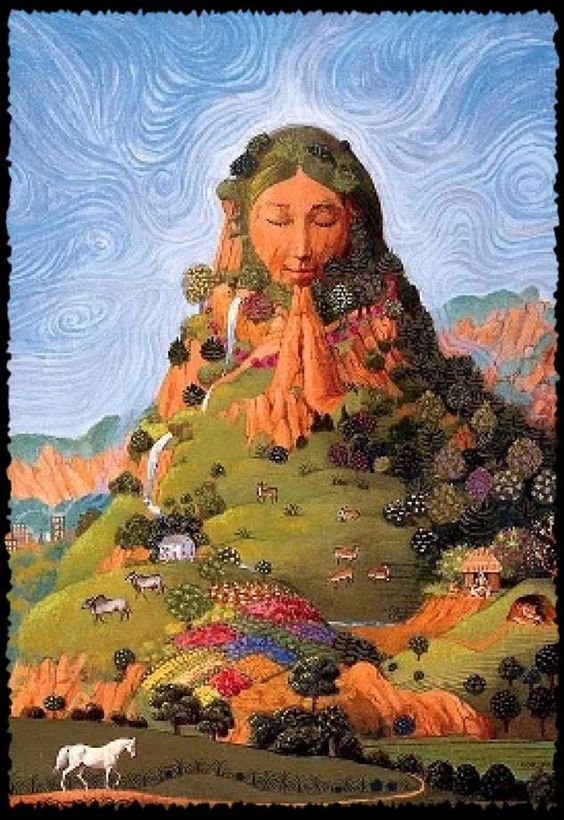
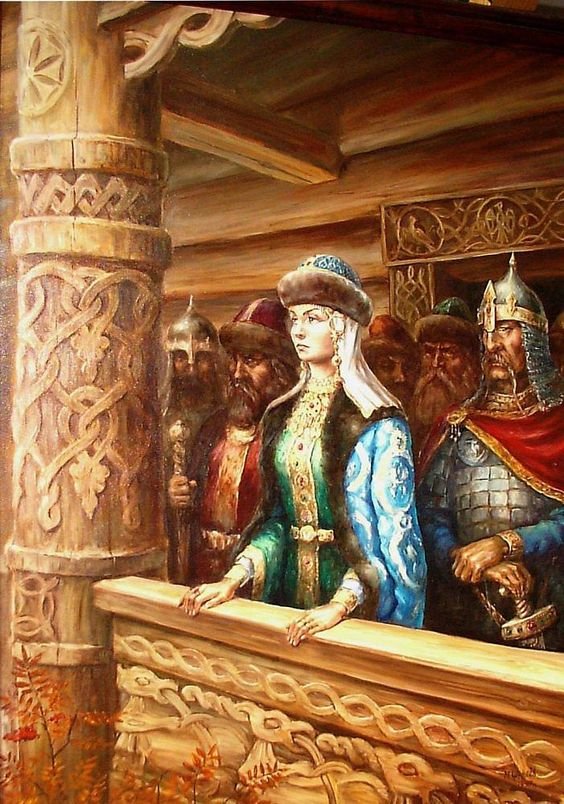
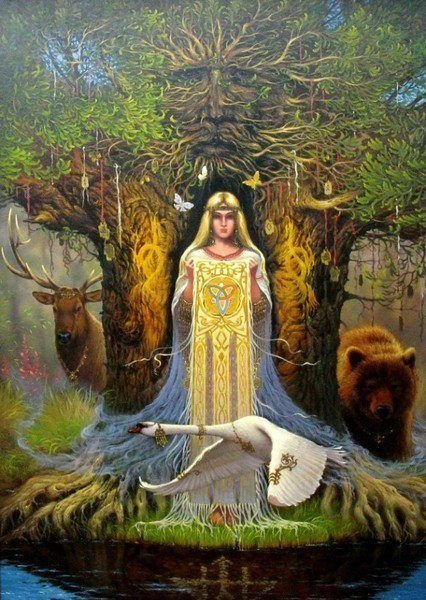
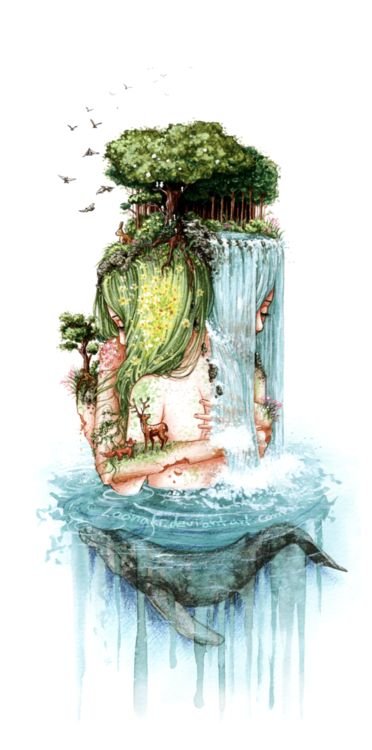
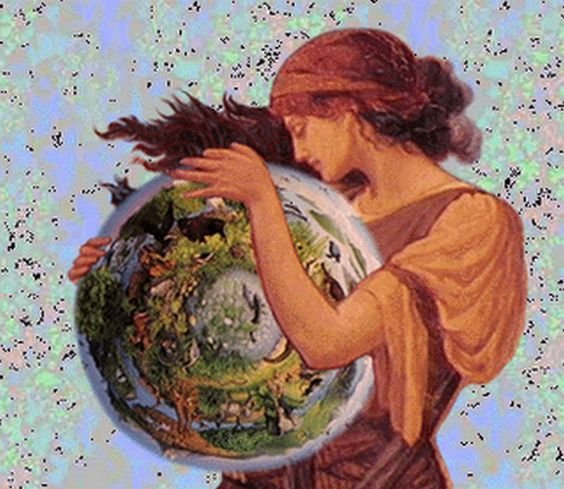

Thank you for this @srba!
Hvala!
Nista @tarotbyfergus :) Bice jos :)
your website is nice. but the image of green mother goddess is from peruvian mother of earth of incas goddess of earth " pacchamma" . pl note languages of entire world is of sanskrit and all god and goddess are hinduism . mother of earth was worshipped in ancient period as cow,. denmark name was in ancient period " dhenu marga- meaning path of cow. dhenu is cow and marga means way, path. try in sanskrit to encode entire slavic mythology. i have already done many.